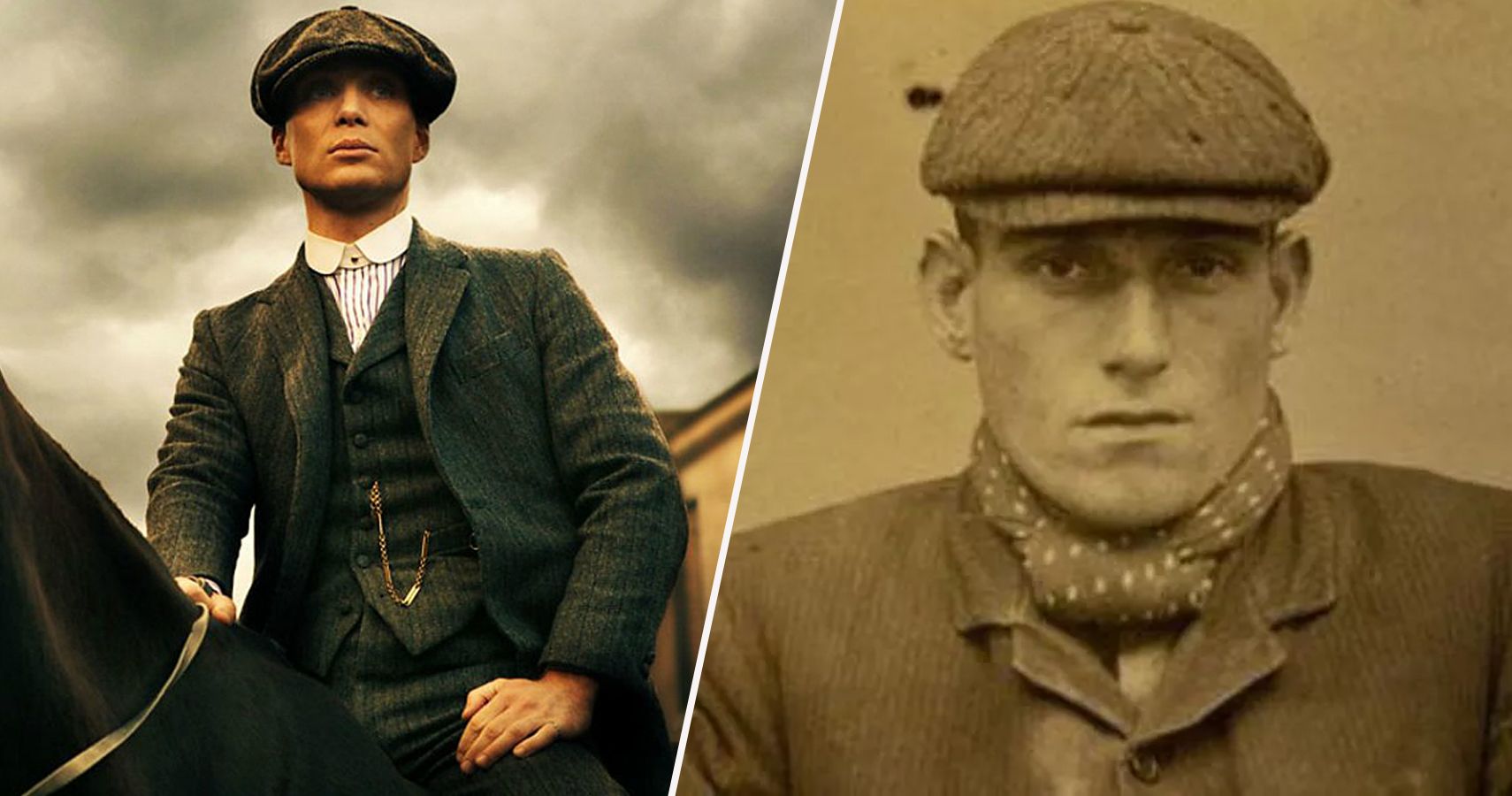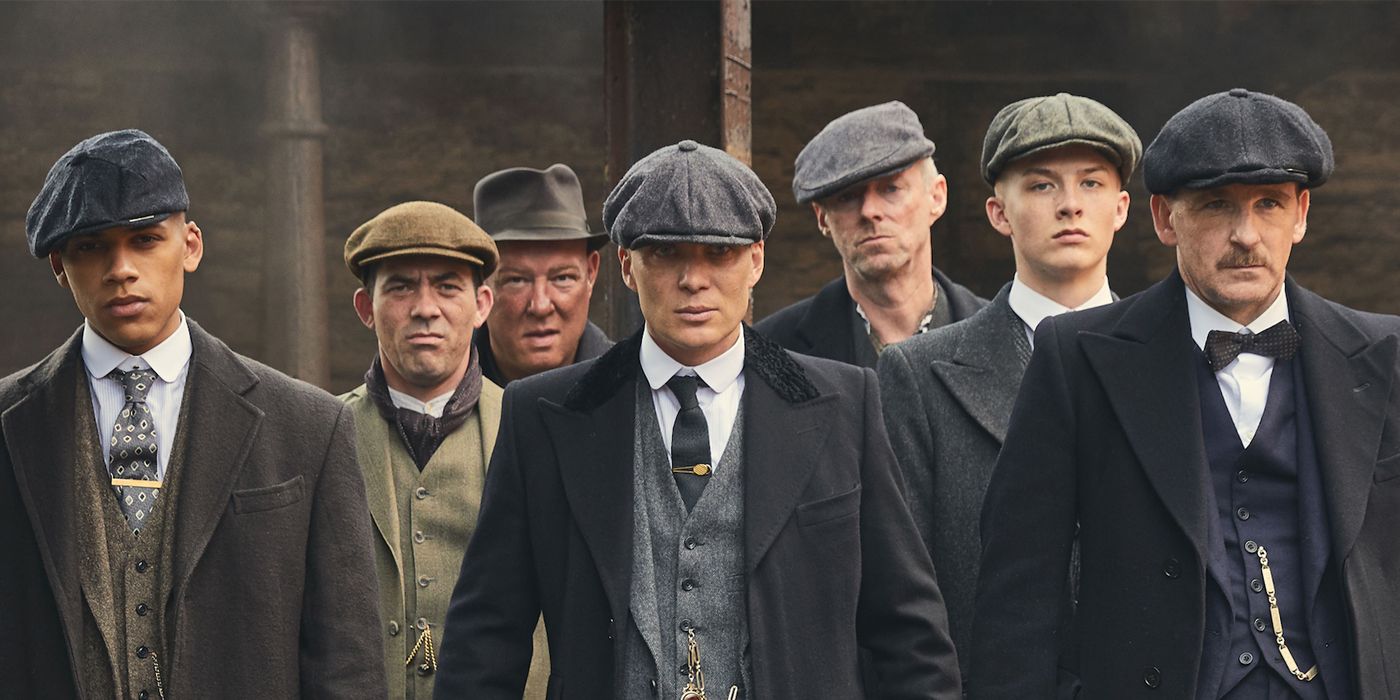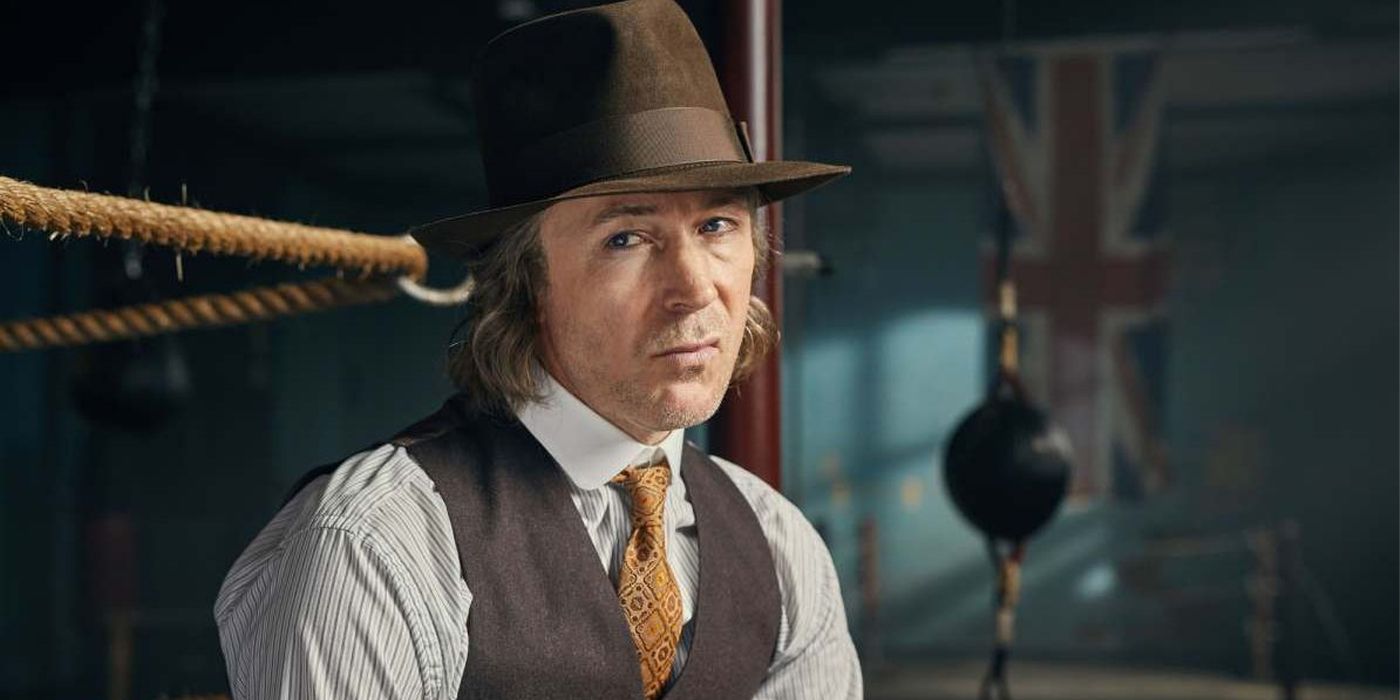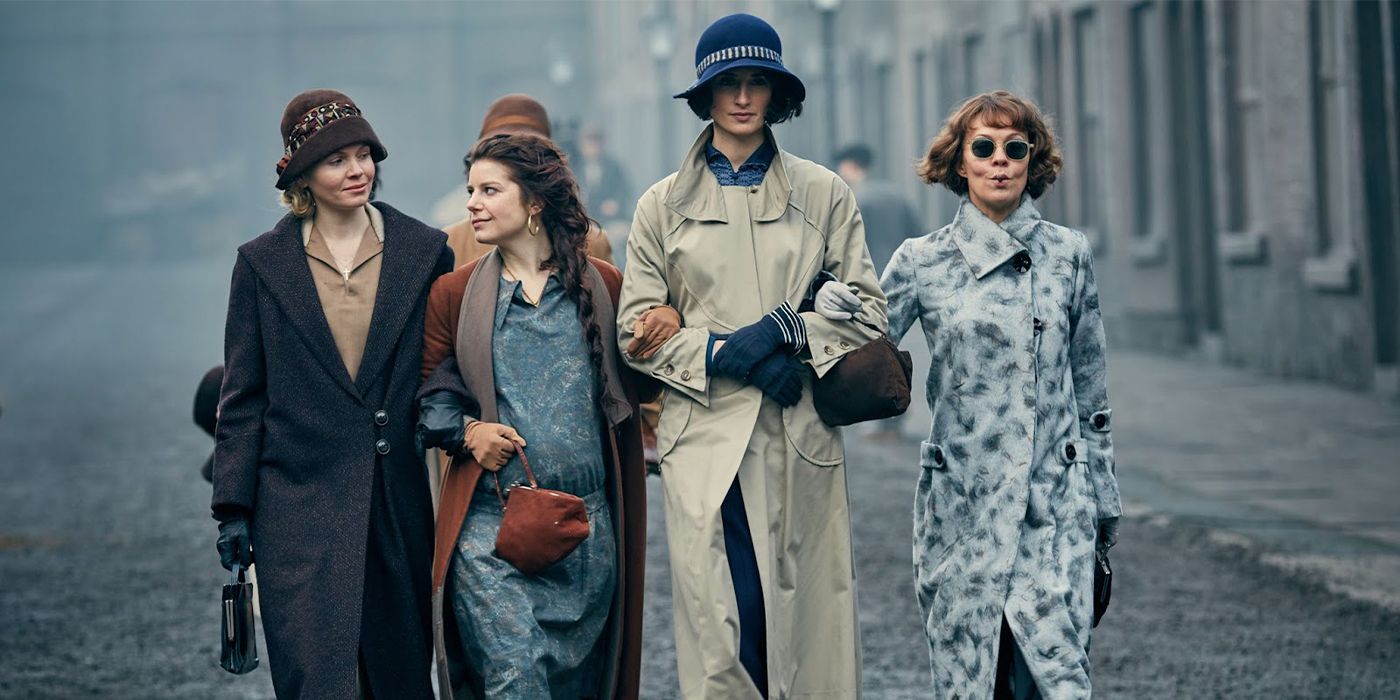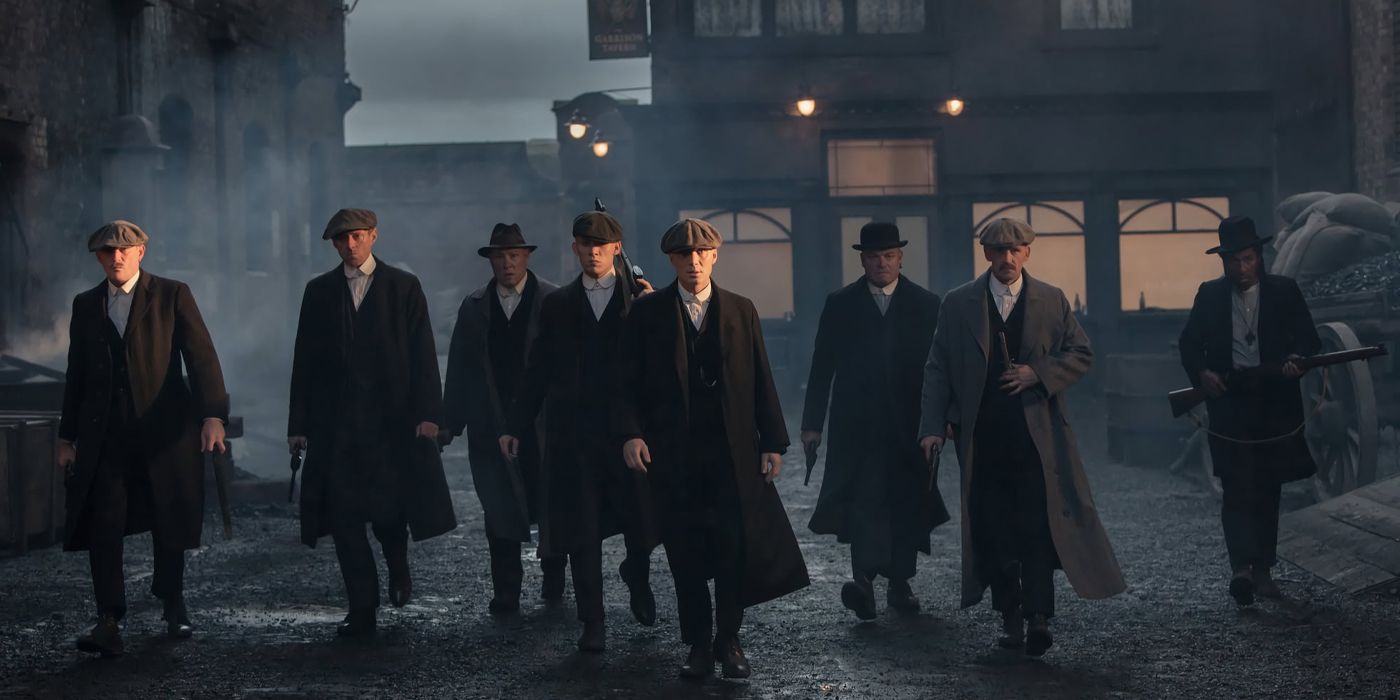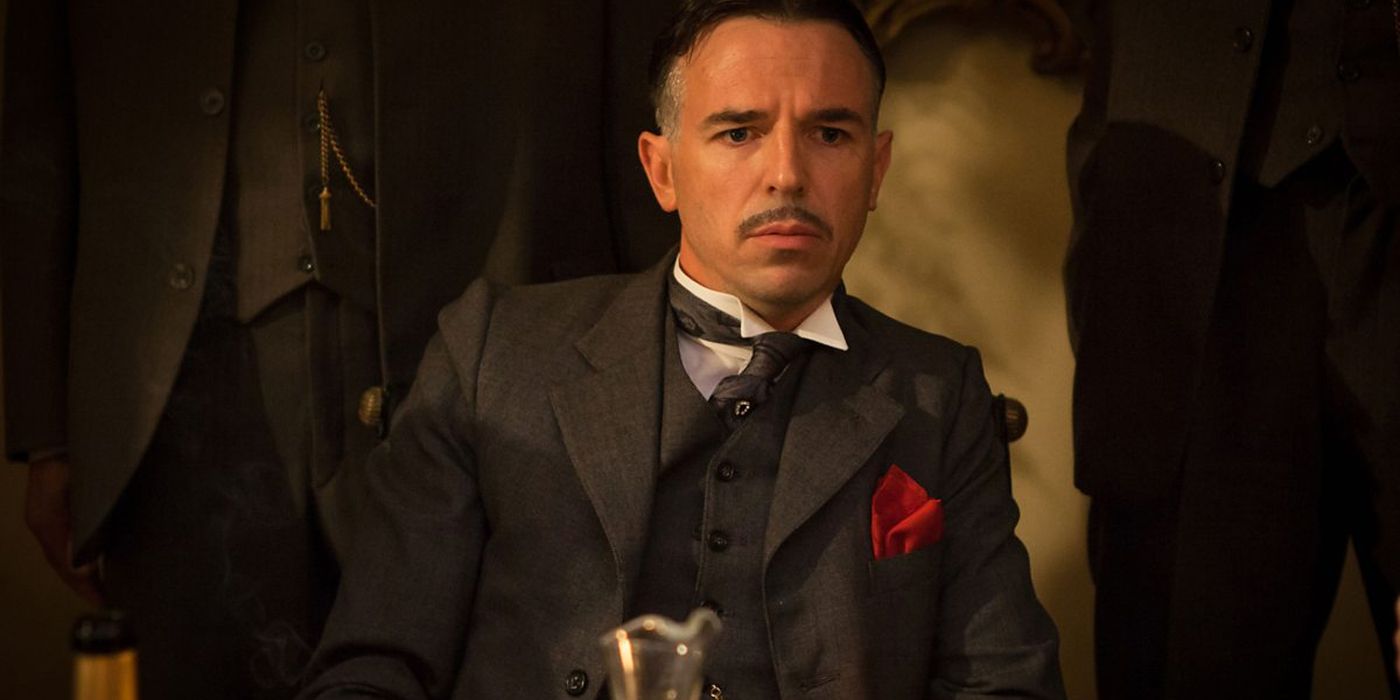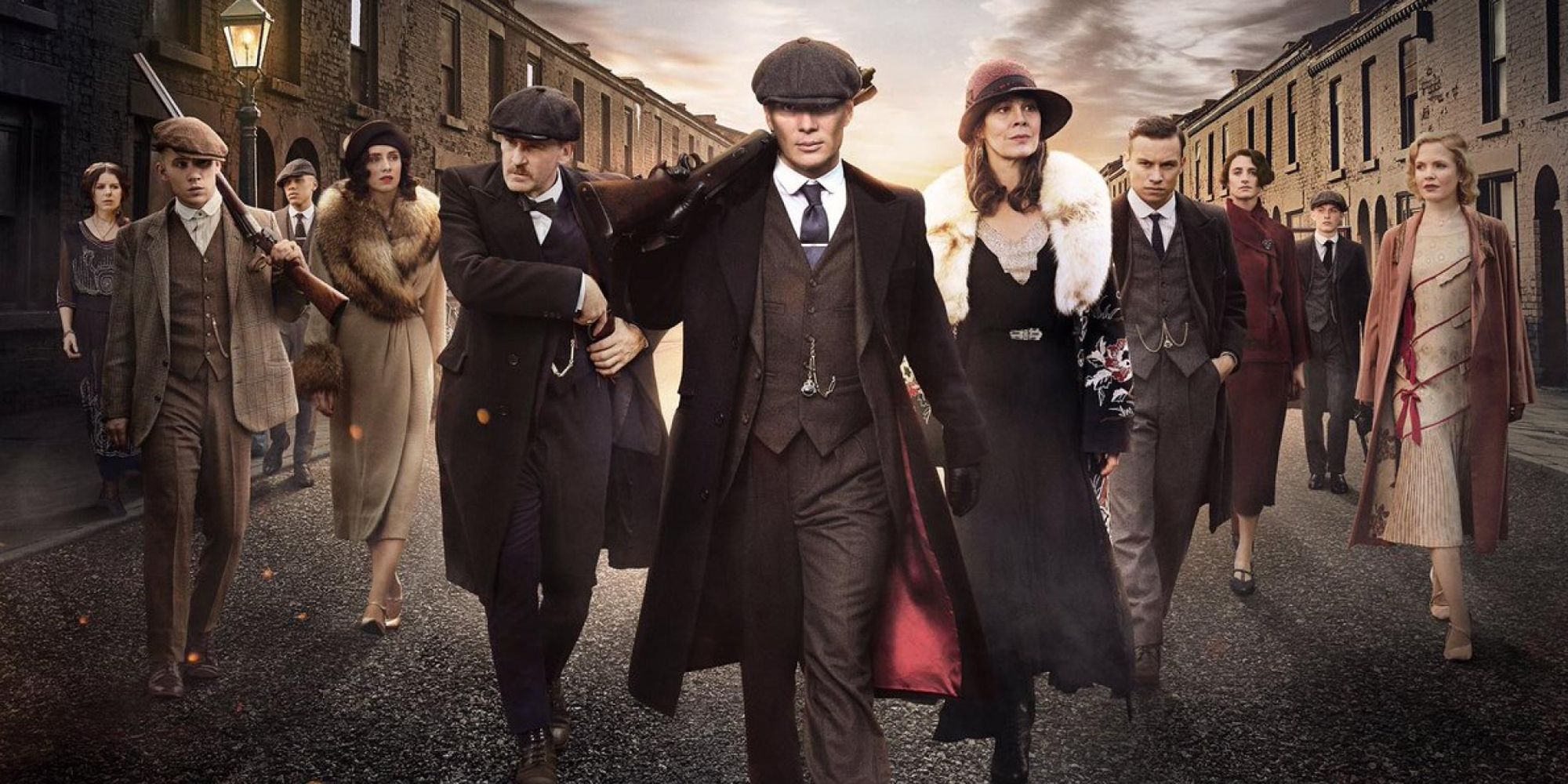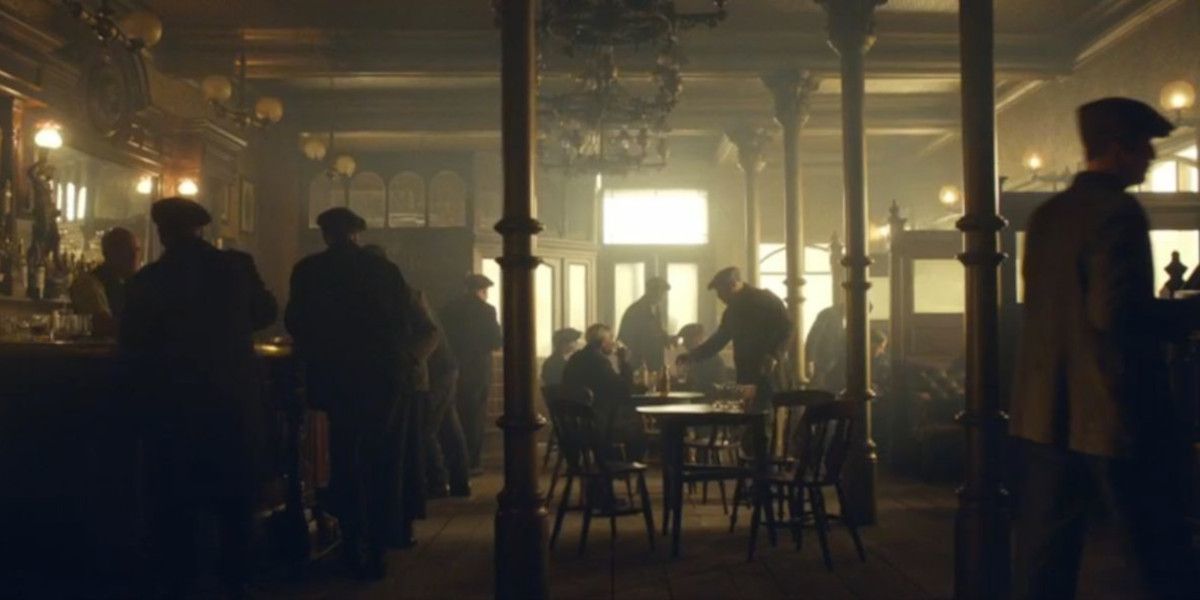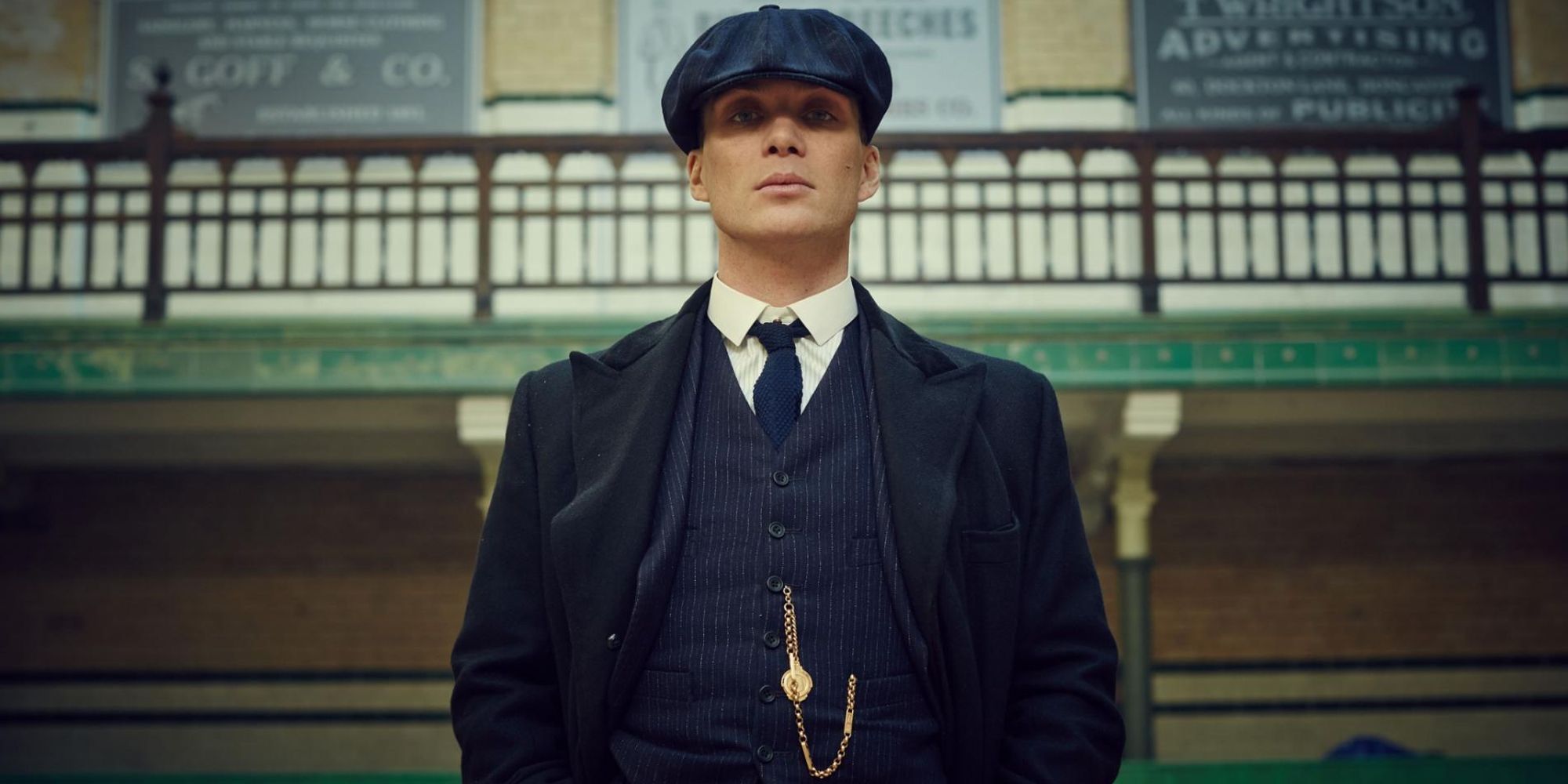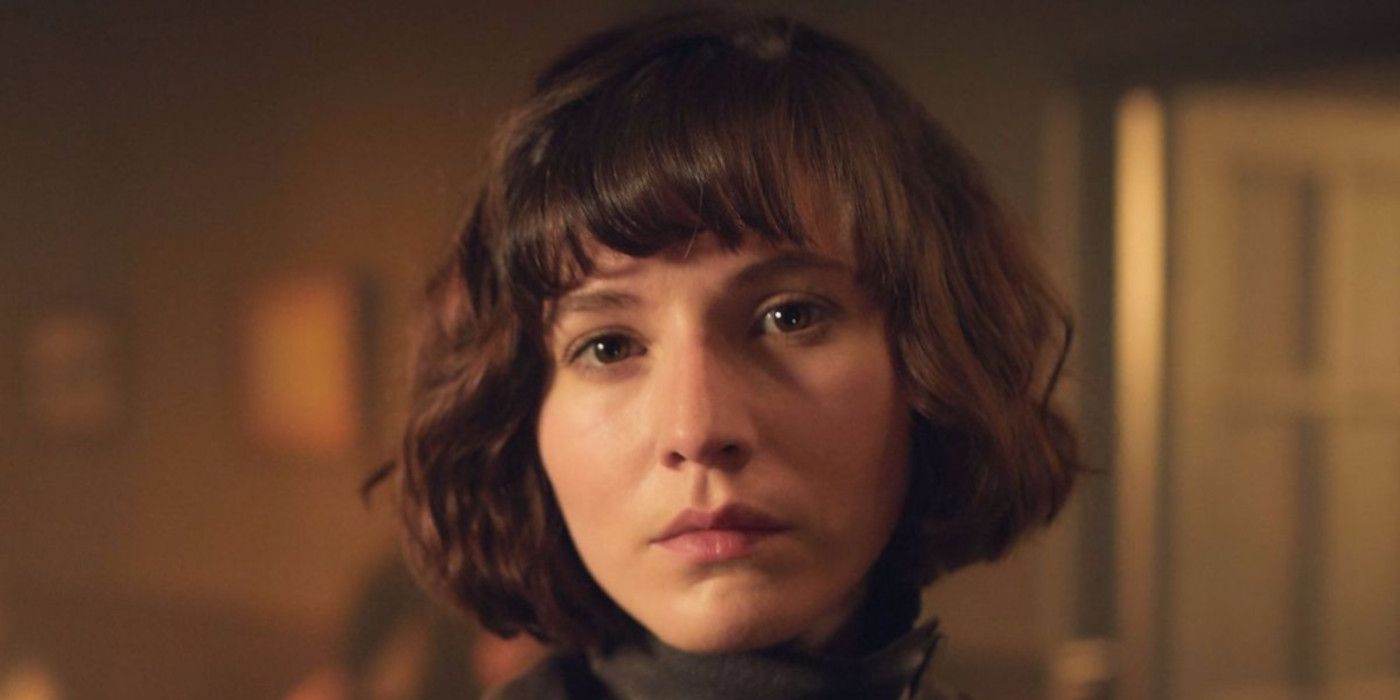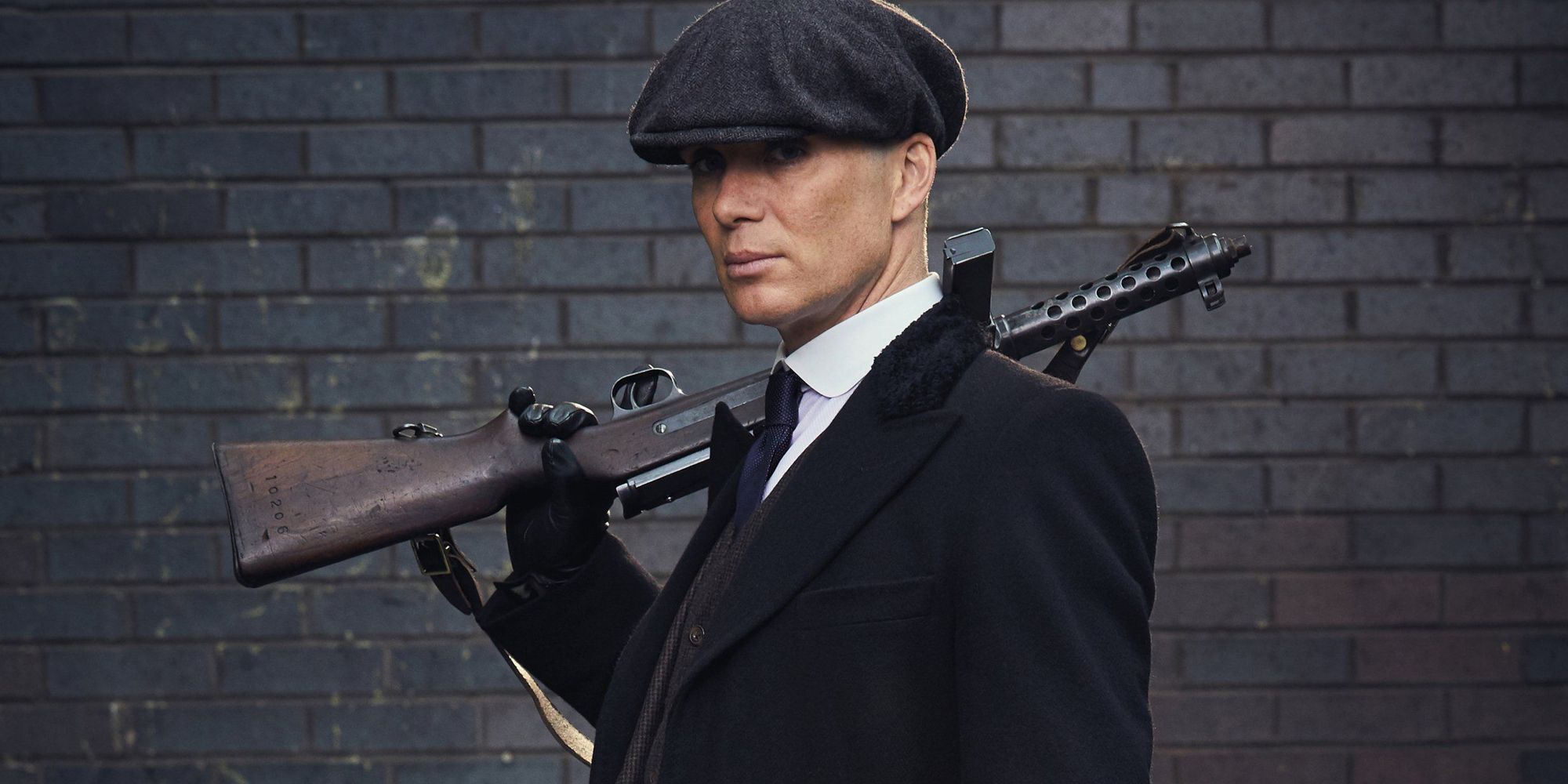Season 5 of British crime drama Peaky Blinders is almost over, and the show’s many fans – including celebrities like Snoop Dogg and Steven Spielberg – are already clamoring for Season 6. The show’s enduring popularity is a testament to the genius of its creator and lead writer Steven Knight, whose scripting strikes a perfect blend of fact and fiction.
That said, Peaky Blinders’ “historical fiction” tag does beg the question: “Just how much of this stuff actually happened?” And the answer is that you definitely shouldn’t mistake Peaky Blinders for an actual history lesson. While the show accurately portrays quite a few key details, it also veers quite wide of the mark in many other respects – for the benefit of our entertainment, of course!
Gets Right: There Was A Peaky Blinders Gang
Right off the bat, let’s be clear about one thing: although the Shelby family are a figment of Steven Knight’s imagination, there was a real-life gang called the Peaky Blinders. What’s more, the actual Peaky Blinders were known for wearing peaked flat caps (more on those later) and their dapper dress sense – traits they share with their small screen counterparts.
Most importantly, as in Peaky Blinders, the historical gang really did stalk the streets of Birmingham, committing a range of violent criminal acts that left the city’s residents gripped with terror. So, while the show has fabricated its own core Peaky Blinders’ crew, it nevertheless draws heavily from established facts.
Gets Wrong: The Romani Language
Ever since Peaky Blinders’ first episode, critics have heaped well-deserved praise on the series for its lavish, cinematic visuals. Much of this is down to the meticulous research and attention to detail that imbues the production design and costuming, which accurately recreates the show’s early-20th Century setting.
Yet as we’ve reported before, Steven Knight and his team dropped the ball when it came to a specific aspect of Peaky Blinders’ world-building: the Romani (or Romany) language. Inexplicably, Knight and co opted not to hire linguistic experts to oversee the supposedly Romani dialogue peppered throughout the series, which led to the actors delivering lines in broken Romanian, instead!
Gets Right: Strong Female Characters
Peaky Blinders boasts several outspoken, formidable female characters, to the point where more cynical viewers might consider their inclusion unrealistic. After all, the show takes place decades before the women’s liberation movement had taken off – so aren’t the likes of Polly Gray and Ada Thorne anachronistic inventions designed to appeal to modern sensibilities?
Not necessarily, according to historian Professor Carl Chinn, who argues that strong women would likely have played a key role in the Peaky Blinders’ history. Chinn is especially convinced that powerful matriarchs like Polly would have been instrumental in the upbringing of men like Tommy and Arthur Shelby. As they say, behind every great man…
Gets Wrong: The Peaky Blinders’ Ages
The fictionalized Peaky Blinders is led by an inner circle of men (and women) in their late 30s and older. But the reality is that the historical outfit was made up of street kids, with the average age of members hovering around 18-19 – although junior members were known to be as young as 13!
At the same time, that doesn’t mean there were no middle-aged Peaky Blinders. On the contrary, some of the gang’s most infamous members – such as Thomas Gilbert, who partly inspired the Tommy Shelby character – were decidedly more mature than their associates. But guys Gilbert’s age were very much the exception, rather than the rule.
Gets Right: Billy Kimber’s Racecourse Rackets
Gangster Billy Kimber serves as one of the main antagonists in Peaky Blinders’ first season, and it may surprise fans that – unlike his made-up rivals, the Shelbys – Kimber was an actual historical figure. Yet real he was, and, just like in the show, the name of his game was racecourse-related shenanigans.
There’s also evidence to suggest that Kimber had ties to the London underworld as depicted in Peaky Blinders, putting him in the running for “Most Accurately Portrayed Historical Figure” in the show. Where the real and fictional Kimber diverge is in how their respective lives ended – but you’ve got to give Steven Knight some wiggle room for artistic license!
Gets Wrong: It’s 20th-Century Setting
Peaky Blinders kicks off shortly after the end of World War I – a setting it uses as a means of explaining both its characters’ damaged psyches and the rise of violent crime in Britain. Yet this early 20th Century milieu is yet another instance of Steven Knight fudging the facts to tell a more satisfying story.
In reality, the Peaky Blinders’ rose to power much earlier, arriving on Birmingham’s organized crime scene in the 1890s. The gang ranked among the top criminal enterprises in the city for the next two decades, however their power waned by the 1920s, and they were virtually extinct by the 1930s. Nevertheless, the Peaky Blinders left an indelible mark on the city: their name lived on as a generic, catch-all term for any pack of ruthless hoodlums at large in Birmingham.
Gets Right: The Garrison Pub
You’d be hard pressed to notice any geographical discrepancies, though, since the production crew went to Herculean lengths to recreate the look and feel of Birmingham as it stood in the early 20th Century.
This extends to recreating historical landmarks from Birmingham’s past – and the most prominent of these is The Garrison. One of Peaky Blinders’ key locations, real-life watering hole The Garrison Hotel allegedly functioned as the Peaky Blinders’ informal headquarters, and its name – if not its slightly more glamorous façade in the show – will be immediately familiar to Brummie-obsessed historians.
Gets Wrong: The Peaky Blinders’ Power
The Birmingham of Peaky Blinders is akin to Gotham City in the Batman mythos: absolutely riddled with crime and corruption. At the top of the criminal food chain in the show are the Peaky Blinders themselves, with Tommy Shelby and his gangster family operating as the de facto authority in the city.
As the show continues, the Shelbys gain near-complete control over illegal activity in Birmingham, while their legitimate businesses and political connections make them a force to be reckoned with as far afield as London and New York. This doesn’t exactly jibe with historical record: the real Peaky Blinders never outright dominated the Birmingham underworld, and their reach didn’t extend beyond their home turf – which didn’t even encompass the entire city!
Gets Right: Jessie Eden
Several historical figures have cropped up over the course of Peaky Blinders’ five seasons, most notably British Prime Minister Winston Churchill and Nazi sympathiser Oswald Moseley. While writer Steven Knight represents Churchill and Moseley in broadly faithful fashion, he hews closest to the truth in his portrayal of another political powerhouse: equal rights champion Jessie Eden.
Admittedly, not much is known about Jessie – like many young female trailblazers of her generation, her story was not documented half as well as it should have been. Yet we do know that Jessie orchestrated the general strike of 1926, dramatized in Season 3. Indeed, it seems like the only major embellishment on Knight’s part when it comes to Jessie is her romance with Tommy Shelby, which for obvious reasons never transpired.
Gets Wrong: The Peaky Blinders’ Deadly Flat Caps
According to legend, the Peaky Blinders derived their name from the razor blades stitched into their flat caps, which would cause blood to run in their victim’s eyes. Reprehensible though it may be, the weaponized headgear concept is undeniably compelling – so it’s a real shame it’s almost certainly not true.
For starters, the caps wouldn’t have been practical melee weapons. It’s near-impossible to slice up an opponent just by flogging them with a razor-laced cap, while unleashing the razors with a headbutt would be likely to injure the wearer! Then there’s the high cost of disposable razors (then a luxury item) in the 1890s, which would have made them inaccessible to the cash-strapped outlaws (although they could always have stolen them, we suppose). No, the gang’s name is more likely a reference to the distinctive peaked shape of their caps, with the more outlandish explanation owing its origins to the sensationalist news reporting common at the time.

